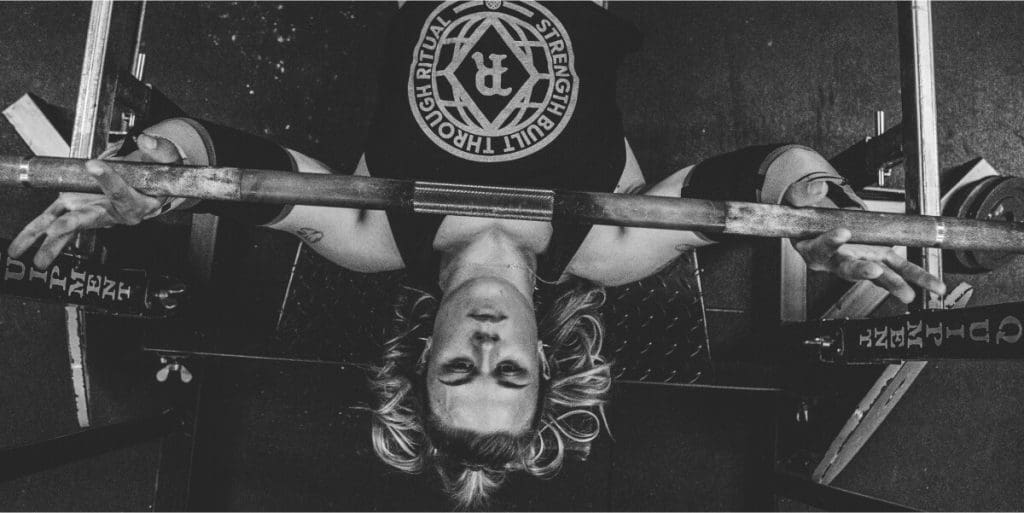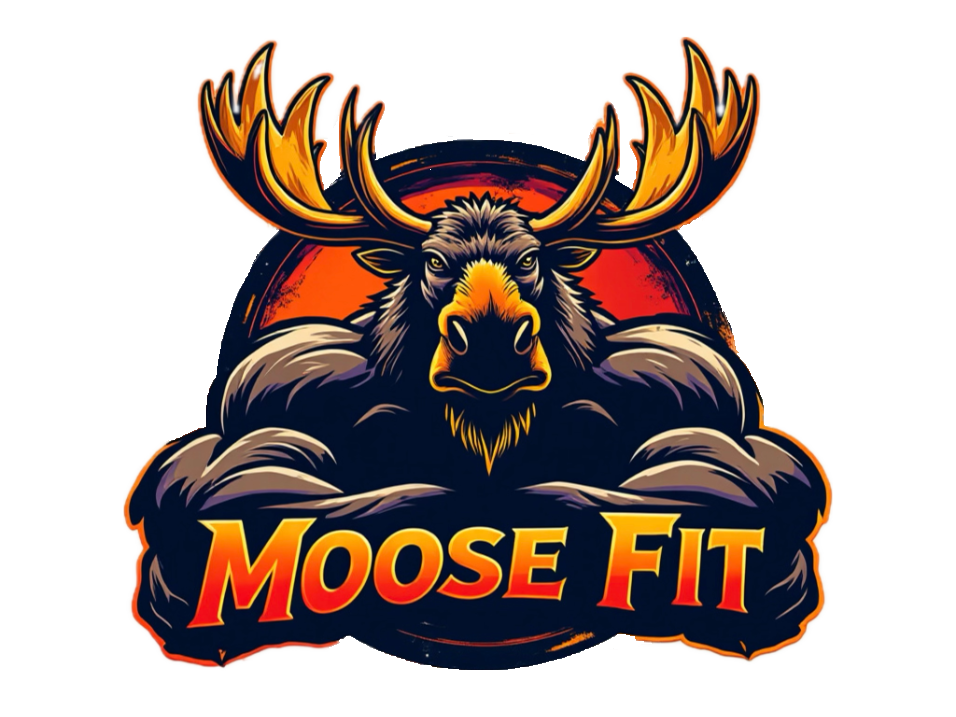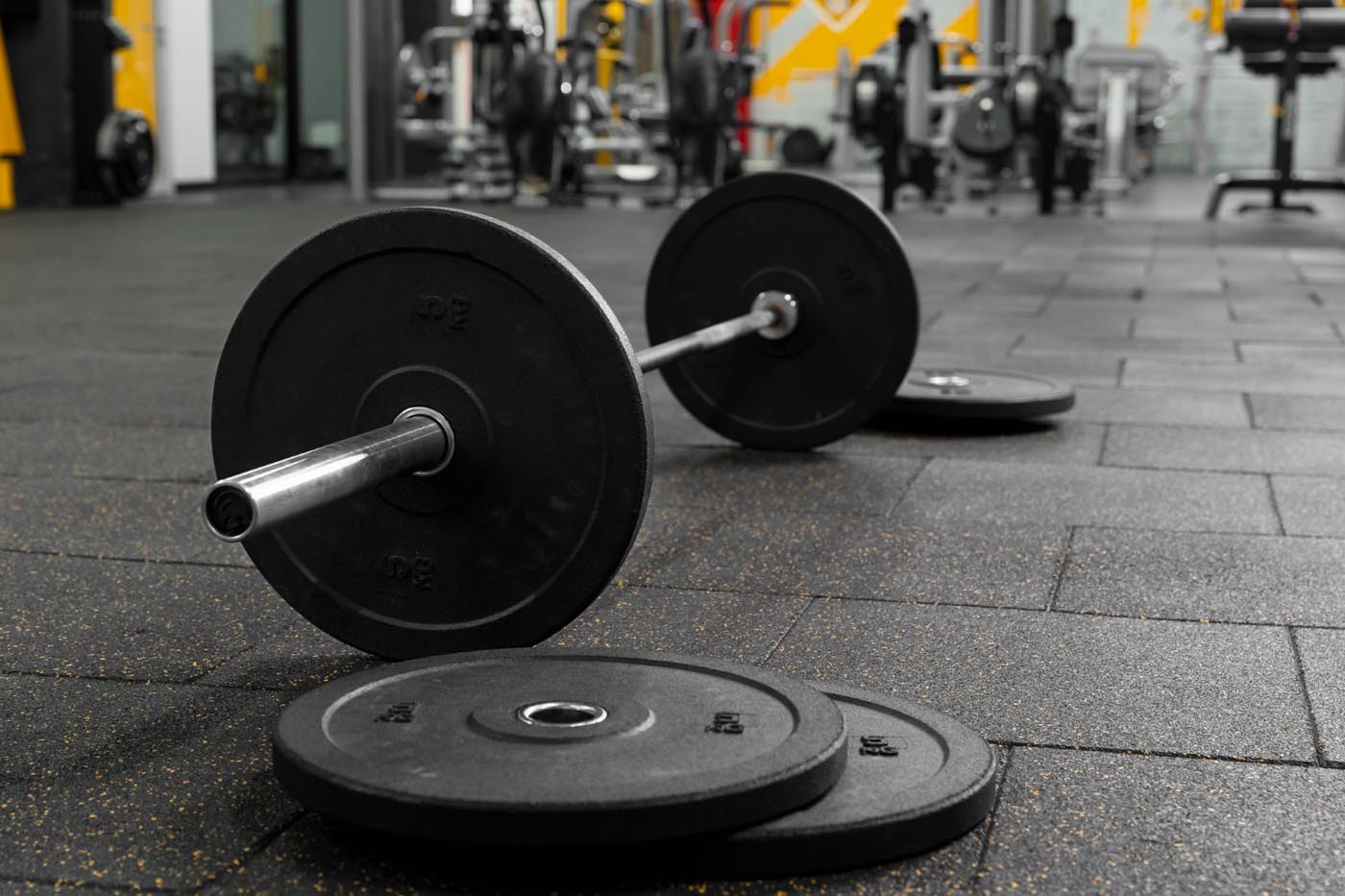Weight lifting is one of the most effective ways to build strength, improve endurance, and enhance overall fitness. However, without the proper technique and precautions, it can also lead to injury, setting back your progress. Whether you’re a beginner or a seasoned lifter, understanding the fundamentals of proper lifting form and injury prevention is crucial to ensure long-term success and safety.
1. The Importance of Proper Weight Lifting Technique
Lifting weights is not just about brute force. It’s about controlled movements, correct body mechanics, and mind-muscle connection. Using proper technique maximizes your gains while minimizing the risk of injury. Here’s why technique matters:
- Engages the Target Muscles: Poor form often leads to the wrong muscles taking over the movement. This reduces the effectiveness of the exercise and can cause muscular imbalances.
- Prevents Joint and Ligament Strain: Incorrect positioning during lifts can strain your joints and ligaments, increasing the risk of injury to your knees, shoulders, elbows, and back.
- Promotes Longevity: When you lift with good form, you’re able to perform movements over a longer period of time with less wear and tear on your body, contributing to lifelong health and fitness.
2. Key Lifting Techniques for Popular Exercises
Squats

Squats are one of the most fundamental and powerful exercises, working your legs, glutes, and core.
- Form Tips:
- Keep your feet shoulder-width apart.
- Engage your core throughout the movement.
- Lower your body as if sitting back into a chair, keeping your back straight and chest up.
- Ensure your knees don’t cave in and stay aligned with your toes.
- Lower until your thighs are parallel to the ground, then drive through your heels to return to standing.
Deadlifts
The deadlift is a compound movement that targets your back, hamstrings, and glutes, but also requires significant core stability.
- Form Tips:
- Stand with your feet hip-width apart, the barbell close to your shins.
- Grip the bar just outside your knees and bend at the hips, not the waist.
- Keep your back flat, chest up, and core tight as you lift the bar.
- Drive through your heels and extend your hips, locking your body into a standing position.
- Lower the bar by pushing your hips back, keeping the bar close to your body.
Bench Press

The bench press is a key upper-body exercise that targets the chest, triceps, and shoulders.
- Form Tips:
- Lie flat on the bench with your feet firmly planted on the floor.
- Keep a slight arch in your lower back, but make sure your upper back and shoulders are pressed into the bench.
- Grip the bar slightly wider than shoulder-width apart.
- Lower the bar to your mid-chest while keeping your elbows at a 45-degree angle.
- Press the bar back up in a controlled motion, locking out your elbows at the top.
3. Common Mistakes to Avoid
Using Too Much Weight
One of the most common mistakes lifters make is attempting to lift more weight than they can handle. This often leads to compensating with poor form, which increases the risk of injury. Start with manageable weights and progressively increase as you perfect your form.
Rushing Through Reps
Speeding through reps sacrifices control and muscle engagement. Slower, controlled movements allow for a greater range of motion and more muscle activation, reducing the risk of strains and sprains.
Neglecting Warm-Ups
Jumping straight into heavy lifting without warming up can shock your muscles, joints, and tendons. Incorporating dynamic stretching, mobility work, and lighter weight sets to warm up will prepare your muscles for the intense work ahead.
Ignoring Rest and Recovery
Overtraining without allowing for adequate rest increases the likelihood of overuse injuries like tendinitis. Be sure to incorporate rest days and give your body time to recover between intense lifting sessions.
4. Injury Prevention Strategies
Prioritize Mobility and Flexibility
Improving flexibility and mobility can help prevent injuries by allowing your joints to move through their full range of motion. Regularly incorporate stretches and mobility exercises, especially for commonly tight areas like the hips, shoulders, and hamstrings.
Strengthen Stabilizer Muscles
Focusing only on big, compound movements can sometimes overlook the smaller stabilizer muscles, which are essential for joint health and balance. Adding exercises like planks, single-leg movements, or stability ball work can strengthen these muscles, improving your overall control and stability during lifts.
Wear Proper Footwear
Proper footwear provides the right support, traction, and stability, particularly for lifts like squats and deadlifts where a stable base is essential. Avoid running shoes with too much cushion; instead, opt for flat, firm-soled shoes or weightlifting shoes.
Listen to Your Body
It’s essential to differentiate between muscle soreness and potential injury. Muscle soreness is normal after a tough workout, but sharp or persistent pain can indicate something more serious. If you feel pain, especially in your joints or back, stop the exercise immediately and assess whether you’re using proper form or lifting too much weight.
Utilize Proper Breathing Techniques
Breathing properly is crucial for maintaining intra-abdominal pressure during heavy lifts, which helps protect your spine and core. For example, in movements like squats and deadlifts, take a deep breath before you begin the lift, hold it as you move through the hardest part of the lift (valsalva maneuver), and exhale as you finish.
Use a Spotter for Heavy Lifts
Having a spotter, particularly for exercises like bench presses or squats, ensures that you can push yourself safely. A spotter can help prevent the bar from falling or assist you through the final reps when you’re struggling.
5. Conclusion
Mastering proper weight lifting technique is the key to unlocking strength gains while minimizing the risk of injury. Always prioritize form over weight, listen to your body, and ensure you’re warming up properly before lifting. By following these tips and focusing on safe lifting practices, you’ll set yourself up for long-term success and longevity in your fitness journey.

